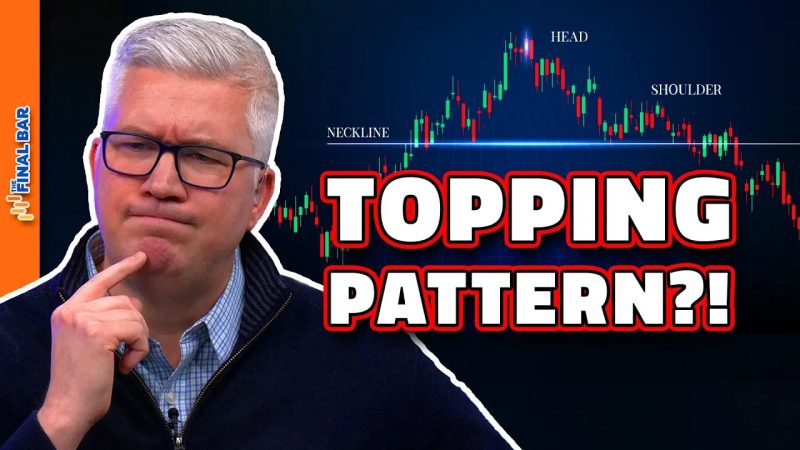The Head and Shoulders Top Pattern: A Concern for Semiconductor Investors
Understanding technical analysis is crucial for investors looking to make informed decisions in the stock market. One prominent pattern that traders often refer to is the head and shoulders pattern. The head and shoulders top pattern, in particular, is a significant technical indicator that could potentially signal a trend reversal. In the world of semiconductors, this pattern can hold a particular relevance for investors.
The head and shoulders top pattern is a bearish reversal pattern that forms after an uptrend and signals that the asset may be set to reverse its course and head lower. This pattern typically consists of three peaks, with the middle peak (the head) being the highest and the surrounding peaks (the shoulders) being slightly lower. The neckline of the pattern is formed by connecting the lows between the peaks.
In the context of semiconductor stocks, the appearance of a head and shoulders top pattern could be a cause for concern for investors. Semiconductor companies are highly cyclical and often play a crucial role in the broader technology sector. As such, any signs of weakness in semiconductor stocks could potentially signal broader economic concerns or a shift in market sentiment.
When analyzing semiconductor stocks for a head and shoulders top pattern, investors should look for the following characteristics:
1. Clear Peaks and Shoulders: The pattern should consist of three distinct peaks, with the middle peak being the highest. The two surrounding peaks should be roughly equal in height and lower than the head.
2. Volume Confirmation: Volume can be a crucial indicator to confirm the validity of the pattern. A decrease in volume as the pattern forms and an increase in volume upon breaking the neckline can provide confirmation of a potential trend reversal.
3. Neckline Break: The neckline is a key level of support for the stock. A break below the neckline after the formation of the head and shoulders pattern can signal a shift in market sentiment and a potential downtrend.
4. Price Target: Traders often use the height of the pattern from the head to the neckline to estimate a potential price target for the stock once it breaks below the neckline. This can provide a target for investors looking to set stop-loss orders or take profits.
Overall, the head and shoulders top pattern can be a valuable tool for semiconductor investors to identify potential trend reversals and make informed trading decisions. However, it is essential to remember that technical analysis is not foolproof and should be used in conjunction with other forms of analysis and risk management strategies. Investors should always conduct thorough research and consider multiple factors before making investment decisions based on technical patterns.
